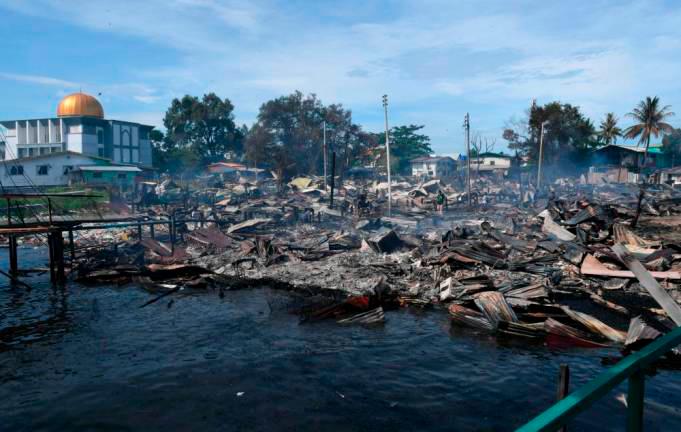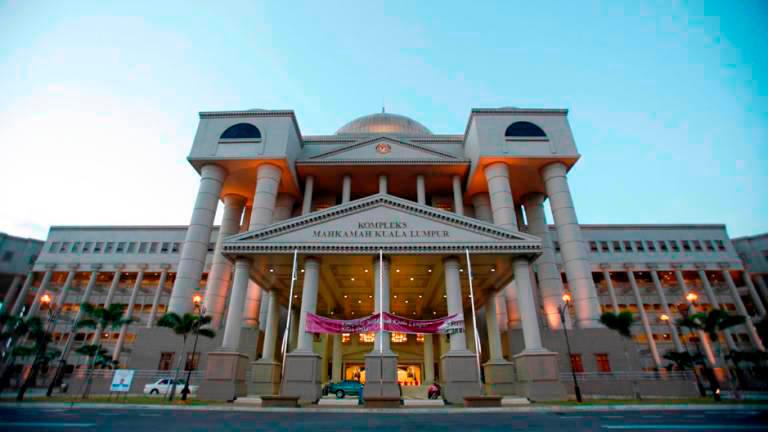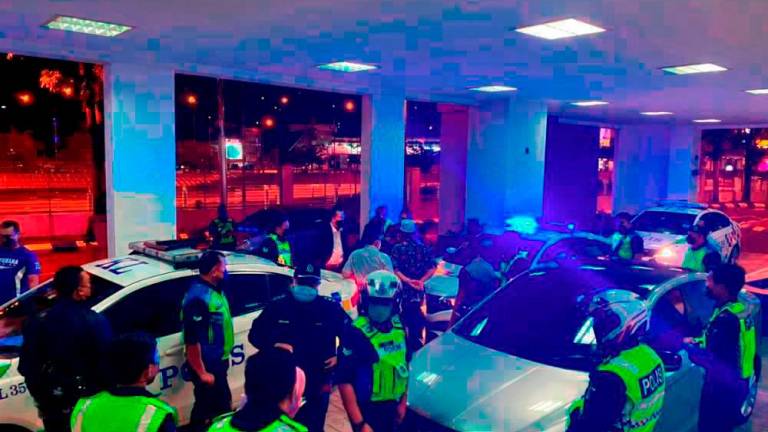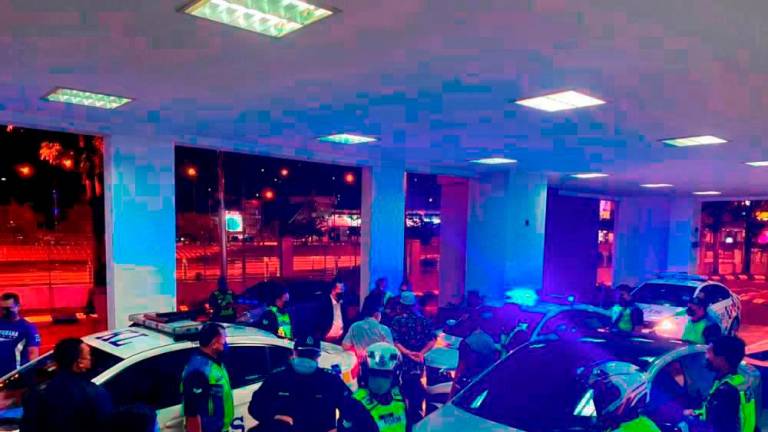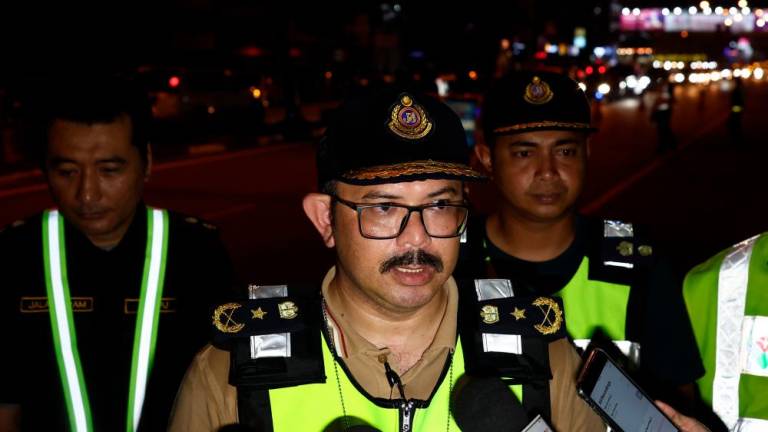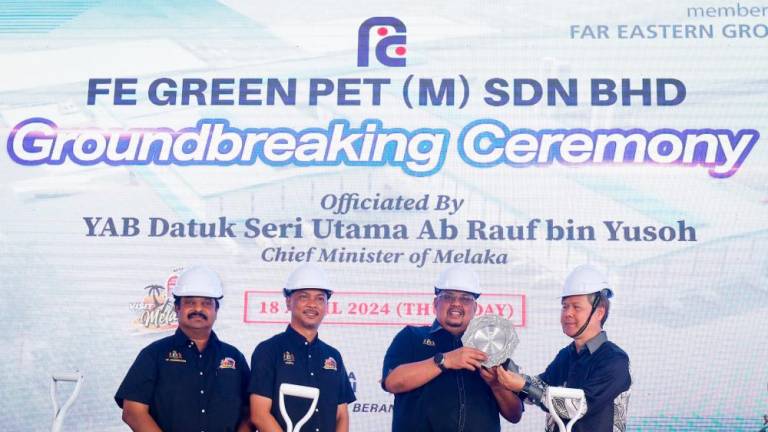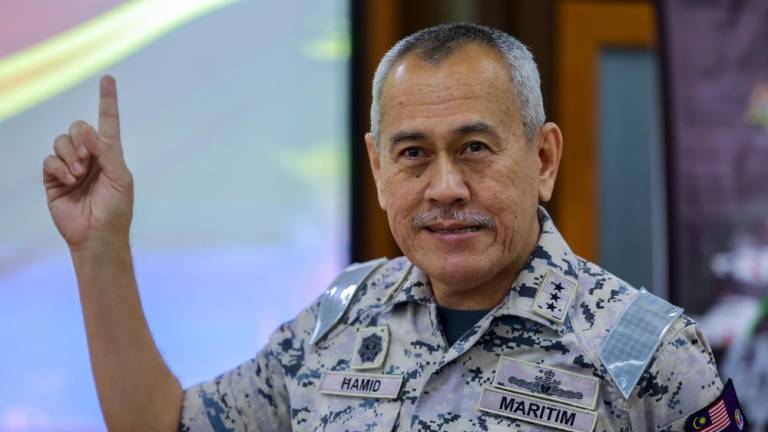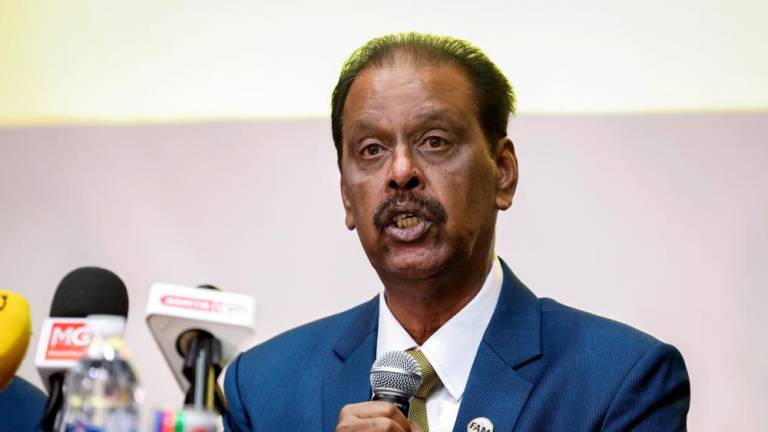KOTA KINABALU: A complete guideline on the construction of water villages needs to be drawn up to avoid the risk of repeated fire incidents that have destroyed many houses and affect the lives of residents in the area.
Sabah Fire and Rescue Department of Malaysia (JBPM) director Md Ali Ismail said this was crucial in ensuring full compliance with the safety specifications including in terms of structure and building materials.
“I will meet with the local authority to discuss this matter so that if anyone wants to build a water house, they will have to refer to the specific guideline to avoid unwanted incidents,” he told Bernama.
He said the guideline, among others, must consist of the layout of the settlement, as well as the construction of concrete bridges which could prevent the fire from spreading rapidly and be used to place equipment during firefighting operations.
There was also a need to have fire hydrants and other alternative water sources in the settlement, he added.
According to Md Ali, the Sabah JBPM had also taken preventive measures such as updating the pre-fire and contingency plans for water villages, as well as improving the JPBM personnel’s firefighting skills through training.
Meanwhile, state Community Development and People’s Wellbeing Minister Shahelmey Yahya said it was hoped that the residents of water villages would control the construction of their houses so as not to pose a greater risk of fire.
He said the Sabah government also needed to intensify its effort to restructure water villages in the state to provide more organised and comfortable housing for the people.
“Although the state government has implemented various initiatives over the last 10 to 15 years through people’s housing projects and low-cost housing projects, we must emphasise on the effort (to restructure water villages).
“This will, in turn, ensure that all people whether in the B40 or M40 groups have a comfortable and safe home,” he said.
Prior to this, Sabah Deputy Chief Minister Datuk Seri Bung Moktar Radin had also said that the state government was planning to restructure water villages in the state, including ensuring houses built in a more organised manner with a clean environment and basic facilities such as electricity and water supply.
Water villages have existed for a long time in some coastal areas in Sabah with the distribution of houses now estimated at about 22,000. -Bernama



